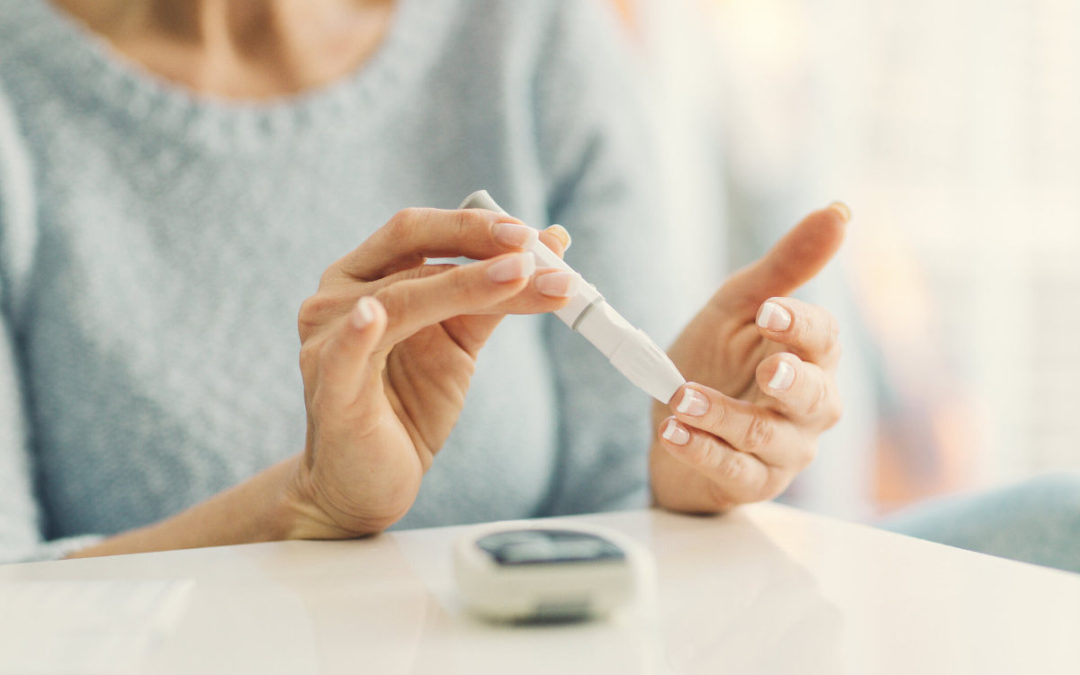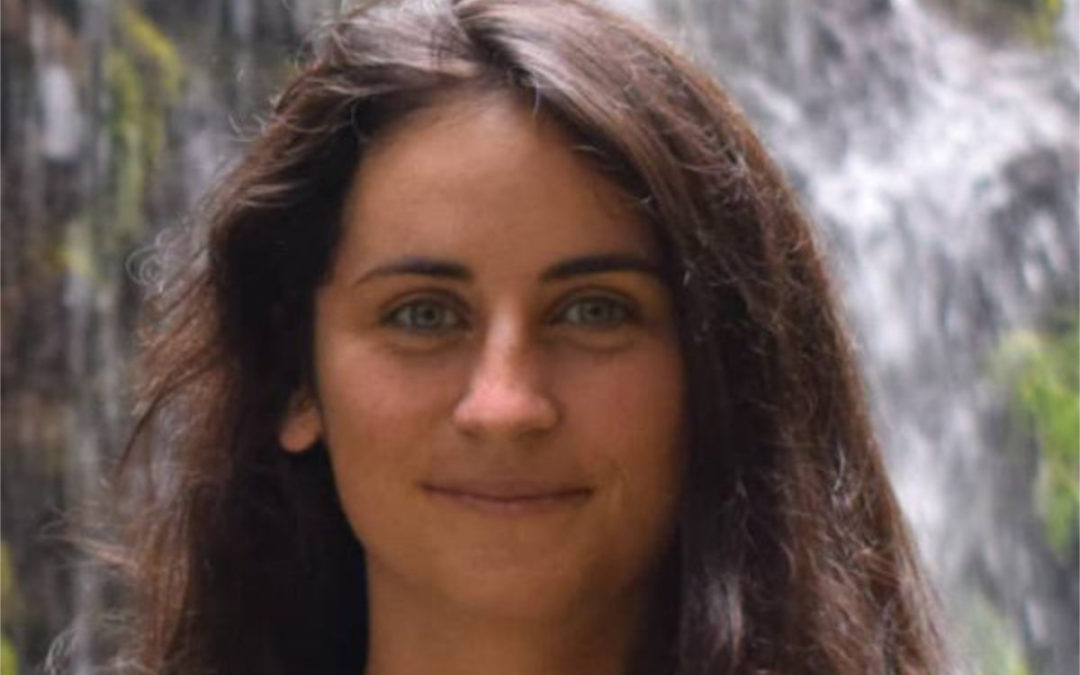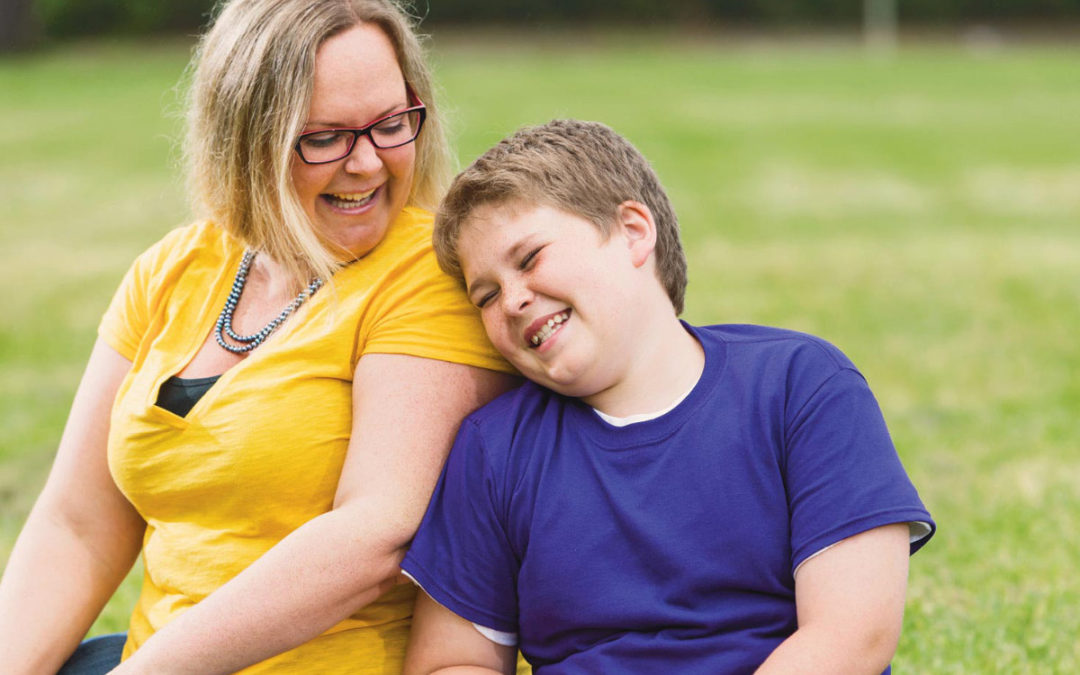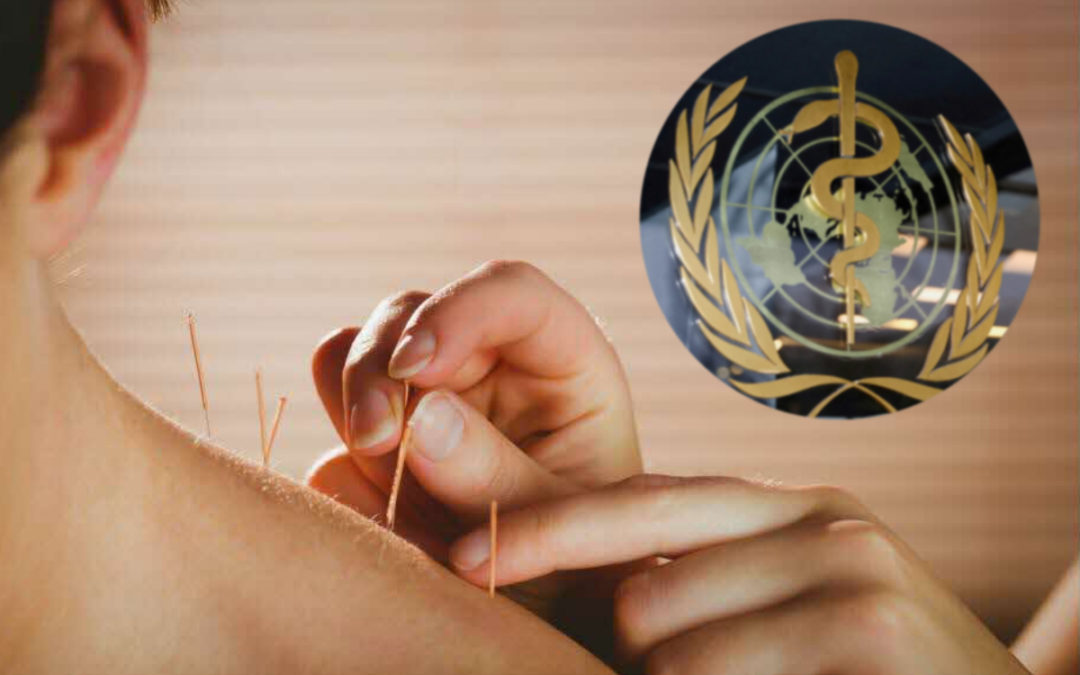
Diabetes: TCM’s solutions
Diabetes can be prevented, and also treated by TCM
Diabetes is experiencing alarming growth worldwide. A WHO report counted 422 million adults with diabetes worldwide in 2014, compared with 108 million in 1980. Cambodia is no exception, with 230,000 cases reported in 2015. In some regions, the rate of diabetics reaches as high as at 10% .
How can such a phenomenon be explained? The risk factors are essentially linked to a poor lifestyle: sedentary lifestyle, lack of physical activity, excess of refined foods, overconsumption of sugar in particular, alcohol, not to mention emotional factors linked to an overly stressful lifestyle.
One can of soda contains 10 spoons of sugar
In Cambodia, the consumption of sugar has reached alarming proportions: multiplication of sodas stuffed with sugar, ubiquitous use of white sugar in the kitchen, sweetened condensed milk in coffees and various drinks. Drinking a can of soda is like eating 10 teaspoons of sugar!
It is however pleasing to see that more and more Khmers are aware of the damage caused by sugar. Indeed, the body is made to assimilate naturally occurring sugars in food and does not need additional sugar. So any other sugar intake will generate imbalances in the overall functioning of our body.
Diabetes is not a fatality
But diabetes is not inevitable! If some people have a predisposition linked to a genetic terrain, most type II diabetics can reverse their disease, or even cure, by reviewing their lifestyle, their diet, practicing a sport, and respecting the work rhythms – rest.
And type I diabetics can also improve their condition.A clinical study conducted by the University of Newcastle and published in Cell Metabolism has shown that significant weight loss in patients with type II diabetes from the diagnosis could restore the insulin production thus generating healing.
A closer observation showed them that this loss of weight causes a reprogramming of the pancreatic cells which thus find their normal functioning. So they proved that we could cure diabetes, contrary to popular belief.
The solutions of Chinese medicine
Diabetes is known and treated for over 2000 years by Chinese Traditional Medicine (TCM). In Chinese, diabetes, Xiao ke or “useless thirst syndrome” is identified as a global disharmony; It is also linked to a yin deficiency.
To avoid Xiao ke, you must abstain from to:
- drink alcohol
- eat sugar, or foods or drinks with added sugar
- eat too much fat (fried foods)
And above all, we must move! Regular and intensive physical exercise is essential to avoid diabetes.
Acupuncture and pharmacopoeia
TCM does not measure blood glucose levels. It applies a personalized treatment for each patient after a complete diagnosis. First of all the palpation of the Chinese pulse, the interrogation, the observation and the palpation of the body…
The patient is treated by acupuncture and Chinese pharmacopoeia. This treatment gradually restores the energy balance in the body, allowing the organs to regain their natural and therefore healthy functioning.

TCM does not measure glucose levels in the blood. It applies a personalized treatment for each patient after a complete diagnosis. First, the palpation of the Chinese pulse, the interrogation, the observation and the palpation of the body …
The patient is treated by acupuncture, and the Chinese pharmacopoeia. This treatment gradually helps to restore the energy balance in the body, allowing the organs to return to their natural functioning, and therefore healthy. Of course, the Chinese doctor will also accompany its treatment of recommendations in terms of diet and lifestyle.
The more the patient agrees to review his diet and lifestyle, the more likely he is to heal. The Chinese doctor will be able to recommend to him the practice of qi gong whose benefit on health has been proven since ages. The diabetes is not irremediable. But it is better to follow the precept of this great 13th century Chinese doctor, Zhu Zhenheng: “Maintaining health is better than treating the disease.”
The benefit of Qi Gong on diabetes
Qi Gong has been practiced for over 2000 years in China, especially for its therapeutic effects. This discipline – practiced regularly – has a beneficial and regulating effect on the entire metabolism. People with diabetes will benefit from its practice.
In an article published in 1984, Dr. Zhan Ke Fu recounts his own experience. Diabetic, using insulin, he decided to practice Tai Ji Qi Gong. After 15 days of regular practice, he stoped insulin. Three months later, his blood sugar and glycosuria returned to normal.
Five other patients participated in an experimental study, practicing Tiao Xi Bu Gong, another style of qi gong, every day for three hours. After three months, the results were such that the five could stop all their hypoglycemic drugs or their insulin. When tested six months later, the blood glucose levels of these patients remained normal.
Qi gong lessons at Essence of health.



